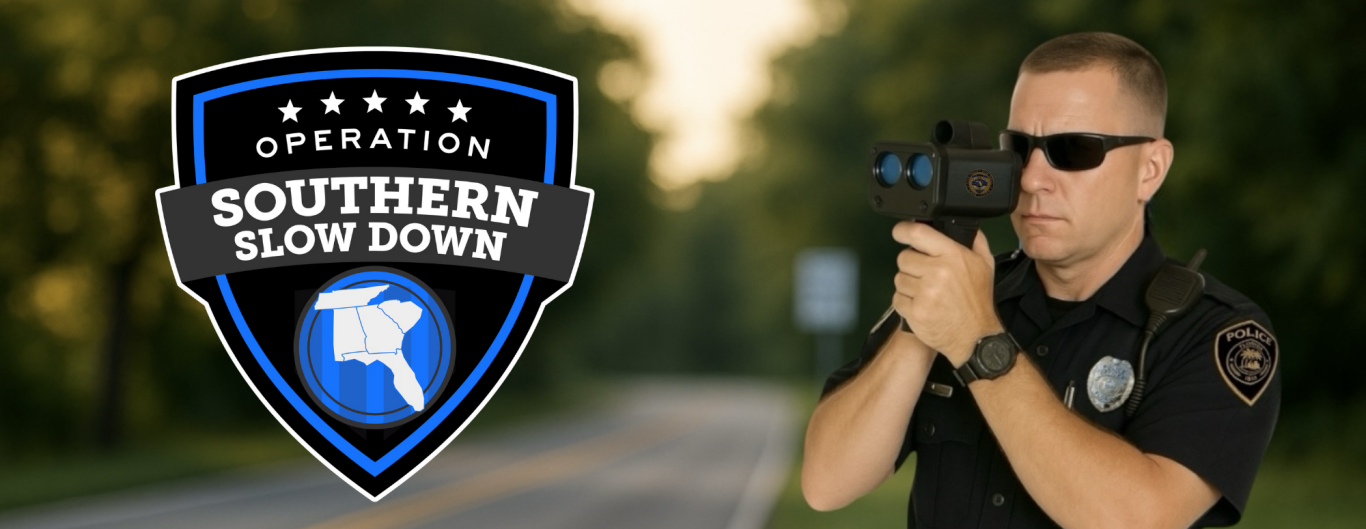Operation Southern Slow Down is an annual, week-long speed enforcement and public education campaign conducted in…
July is Vehicle Theft Prevention Month

July is National Vehicle Theft Prevention Month
Did you know that in the United States, a vehicle is stolen every 37 seconds?
Over 850,000 vehicles were stolen in 2024. Summers prove to be the worst season for vehicle theft. So, to help drivers keep their vehicles safe, NHTSA is continuing its annual Vehicle Theft Prevention Campaign during July — National Vehicle Theft Prevention Month.
A motor vehicle was stolen every 37 seconds in the United States in 2024.
Use common sense when parking and exiting your vehicle:
- Take your vehicle’s key; do not leave it in or on your vehicle.
- Close and lock all windows and doors when you park.
- Park in well-lit areas if possible.
- Never leave valuables in your vehicle, especially if they can be seen from outside the vehicle.
Thieves want vehicle parts and valuable items, too.
Radios and wheel covers aren’t the only popular stolen vehicle parts thieves take. They want whatever sells, from the mandated labeled parts to those that aren’t. Some of the most popular items stolen from vehicles include air bags, GPS units, cell phones, iPads, laptops, and purses. Parts like doors, engines and transmissions are stripped and sold.




 Copyright 2025 Florida Department of Transportation - All Rights Reserved
Copyright 2025 Florida Department of Transportation - All Rights Reserved